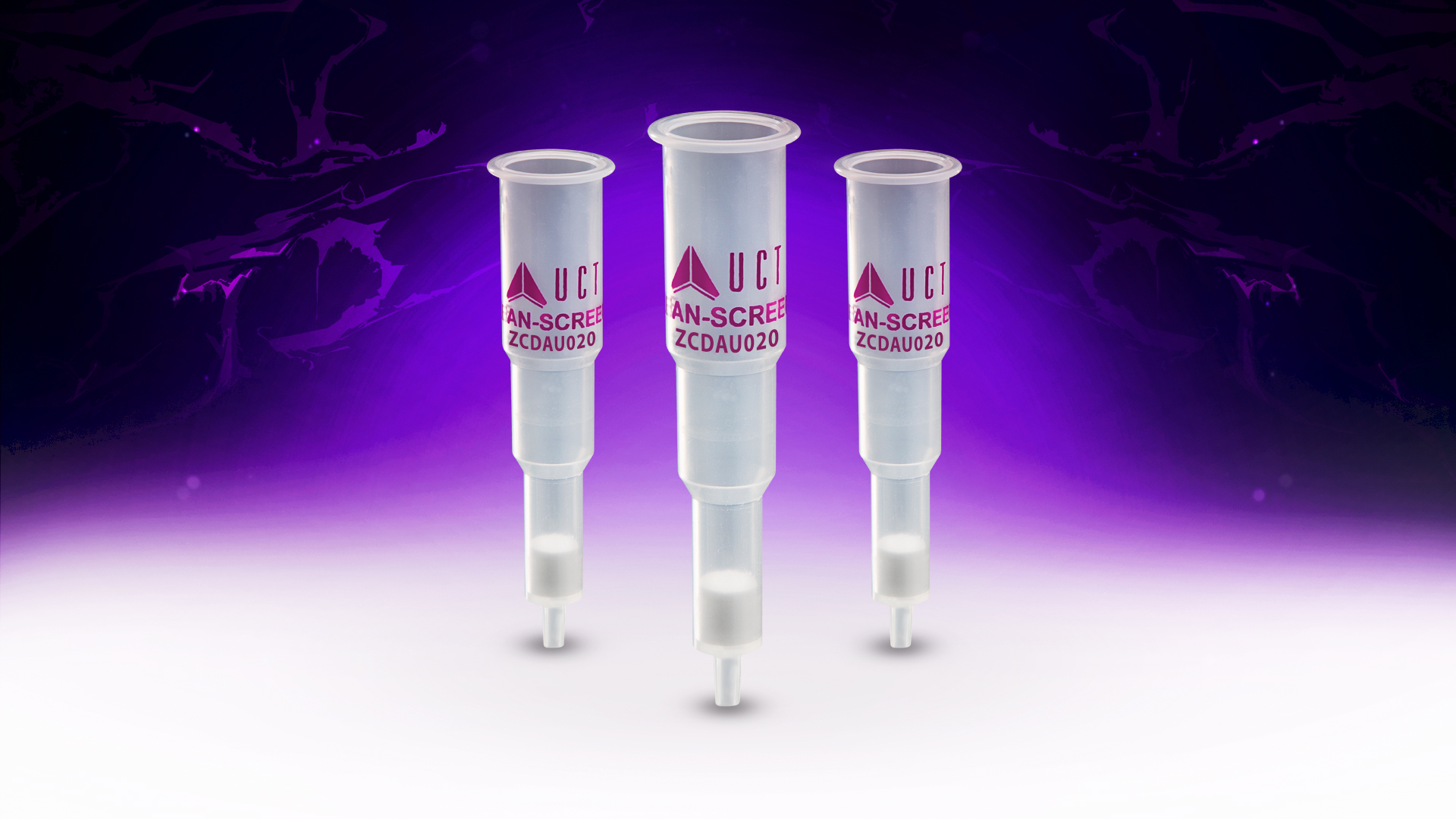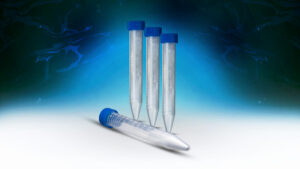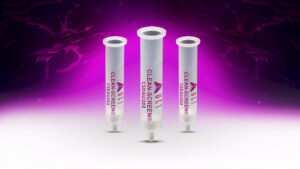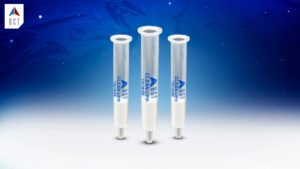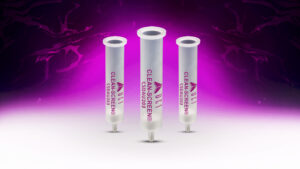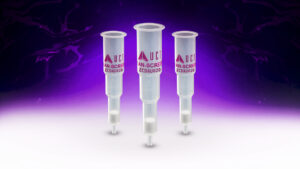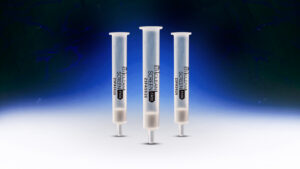UCT Clean Screen® ZSDAU020 cited in Synthetic Cathinones Study
UCT is recognized around the world for its outstanding support of forensic toxicologists/ toxicology facilities and understanding the many challenges that face analysts on a day to day basis. Some of the major obstacles are the extraction and analysis of new synthetic cathinones in blood by GC-MS. It is well known that these drugs require chemical modification to permit sensitive and reproducible analysis using this type of instrumentation. In a recent paper published in Analytical Methods ((2017) 9 2732) by K. A. Alsenedi and C.Morrison, samples of whole blood were extracted using UCT’s flagship sorbent Clean Screen® ZSDAU020 and eluted with a methylene chloride-isopropanol-ammonium hydroxide solution. Following evaporation, the residues were modified with six acylation reagents and compared for their derivatization potential. The evaluated modifying reagents were: pentafluoropropionic anhydride (PFAA), trifluoroacetic anhydride (TFA), chlorodifluoroacetic anhydride (CLF2AA), heptafluorobutyric anhydride (HFAA), acetic anhydride (AA) and propionic anhydride (PA). The synthetic cathinone panel included flephedrone (4-fluoromethcathinone or 4-FMC), mephedrone (4-methylmethcathinone or 4-MMC), pentedrone (also known as a-methylamino-valerophenone), methedrone (4-methoxy-N-methcathinone, pmethoxymethcathinone), methylone (3,4-methylenedioxy-N-methylcathinone or bk-MDMA), butylone (bketo-N-methylbenzodioxolylbutanamine or bk-MBDB), ethylone (3,4-methylenedioxy-N-ethylcathinone MDEC or bk-MDEA), pyrovalerone (4-methyl-b-keto-prolintane) and 3,4-methylenedioxypyrovalerone (MDPV) along with five internal standards.
The anhydrides evaluated proved to be suitable for derivatization of synthetic cathinones. All compounds exhibited RSD’s and accuracy below 20%. PFAA and HFAA followed next by TFA were shown to demonstrate the best choice of derivatising agents based on validation parameters. AA and PA derivatives provided high relative abundance for most drugs examined. HFAA produced more ions and multi-fragmentation patterns. This study demonstrates why forensic toxicologists working with newer psychoactive substances turn to UCT’s Clean Screen® range of sorbents for reliability and time-tested performance. For more information regarding Clean Screen® range of sorbents, applications and methods visit https://sampleprep.unitedchem.com/products/spe/clinical-forensic.

